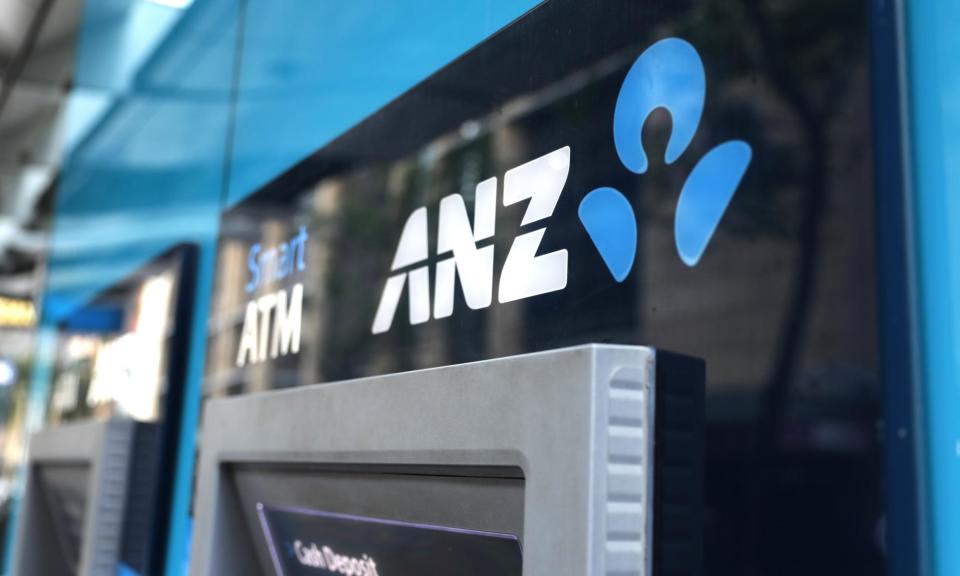No interest rate relief predicted this year, major bank tells mortgage holders

ANZ became the first of the big four banks to push their prediction of a Reserve Bank interest rate cut into 2025, adding to signs mortgage relief may still be some way off.
The bank now expects the first RBA cash rate reduction to come in February. Until Monday, the ANZ was in line with CBA, NAB and Westpac in forecasting that a cut would land this November.
“The stronger-than-expected [March quarter inflation reading] makes it hard to see the RBA being sufficiently confident that inflation will return to and stay in the band by the time the November meeting comes around,” said Adam Boyton, ANZ’s head of Australian economics.
The RBA board will meet early next week, with investors not expecting any change in the RBA’s 4.35% cash rate, that now sits at the highest since late 2011.
The Australian Bureau of Statistics will release May labour market figures on Thursday, giving the central bank a key data release to consider. CBA estimates the economy added 30,000 jobs last month, enough to keep the jobless rate at 4.1%.
“Leading indicators of employment and the labour market more generally such as GDP growth, job ads and private sector surveys suggest conditions will continue to loosen this year,” CBA said.
NAB’s monthly business survey, also released on Monday, found the “subdued economic activity” at the start of 2024 had extended into the current June quarter.
Business confidence had turned negative and business conditions were just below the long-run average. Consumer-facing sectors such as retail and personal services were among the weakest both in terms of conditions and forward orders, NAB said.
“Despite the softening in activity, capacity utilisation remains above average, which suggests the process of bringing supply and demand back into balance remains incomplete,” Alan Oster, NAB’s chief economist said.
Related: GDP growth falls to just 0.1% as household cutbacks put handbrake on Australia’s economy
Oster said there were “reasons to be very wary about the inflation outlook”. The NAB survey found labour cost growth quickened to 2.3% in the past three months from 1.5% in April. Purchase costs and product prices also both increased at a faster pace.
“We have been wary for some time that the path of inflation from here is likely to be gradual and uneven, and the survey results really reinforce this message,” he said.
One bright spot in the business survey was an improvement in the employment index for the month, lifting it back above average. The labour market “remains a point of strength for the economy”, Oster said.
Another bright spot has been car sales. In first five months of 2024, vehicles sales were up 12% from a year earlier to 512,753, the Federal Chamber of Automotive Industries said. Sales in May alone set a record for a second year in a row.
In a separate release on Monday, the Council of Australian Financial Regulators said in its quarterly update that financial hardship applications and the portion of borrowers falling behind on mortgage payments continued to rise “but from a low level”.
The council groups the Reserve Bank, the Australian Securities and Investments Commission, the Australian Prudential Regulation Authority and federal treasury.
The Australian Financial Security Authority told the council insolvencies for individuals and companies, particularly small and medium sized enterprises, had risen over the past year.
“This followed a period where insolvencies had been well below usual levels reflecting the significant support measures put in place during the pandemic, including those from the ATO,” AFSA said.

 Yahoo Finance
Yahoo Finance 